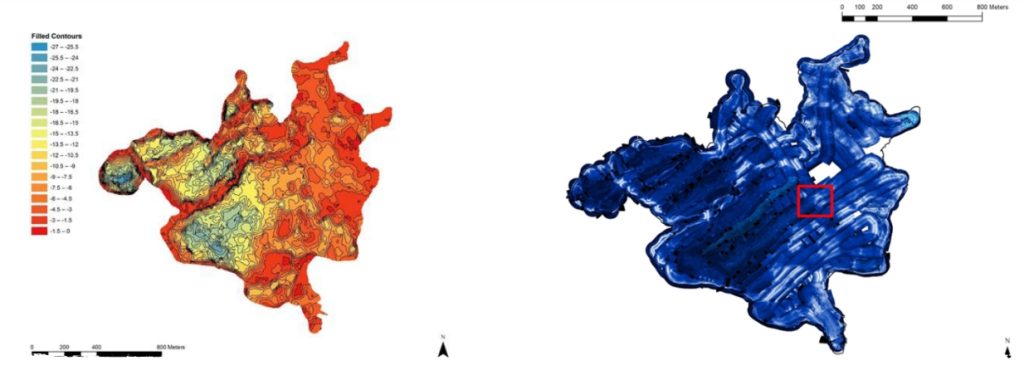The study of geomorphology allows us to unravel the mysteries behind Earth’s changing landscapes. By examining the shape, structure, and processes of landforms, scientists can piece together the geological history of a region.
Understanding tectonic forces
One of the key factors contributing to landscape change is tectonic activity. By studying the movement of Earth’s tectonic plates, researchers can pinpoint areas where mountains are being uplifted or valleys are sinking. This information helps us understand why certain regions have experienced dramatic shifts in elevation over time.
Erosion and weathering
Another important aspect of geomorphology is the study of erosion and weathering. By analyzing the impact of water, wind, and ice on the Earth’s surface, scientists can determine how these processes have sculpted the landscape. This knowledge is crucial for predicting how a region may change in the future as these natural forces continue to shape the Earth.
Glacial landscapes
Glacial landscapes provide valuable insights into Earth’s history. By studying the remnants of past glaciation, scientists can reconstruct the movement of ice sheets and the impact they had on the land. This information can help us understand how glaciers have shaped the landscape and what implications this may have for future climate change.
Human impact on landscapes
In addition to natural processes, human activities also play a significant role in shaping Earth’s landscapes. By studying the impact of deforestation, urbanization, and agriculture on the environment, researchers can assess how these activities contribute to changes in the landscape. This information is essential for developing sustainable land management practices and mitigating the negative effects of human activity on the Earth.
In conclusion, the field of geomorphology provides valuable insights into the complexities of Earth’s changing landscapes. By uncovering the secrets behind tectonic forces, erosion and weathering, glacial landscapes, and human impacts, scientists can piece together the puzzle of our planet’s geological history. This knowledge is crucial for understanding how the Earth has evolved over time and how it may continue to change in the future.

